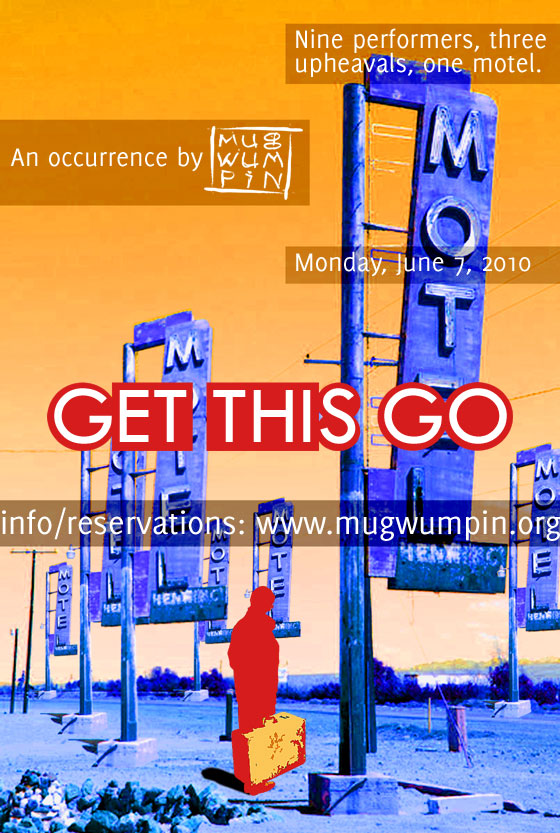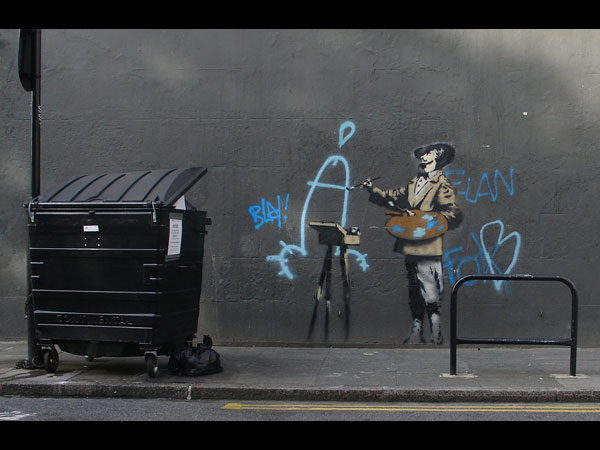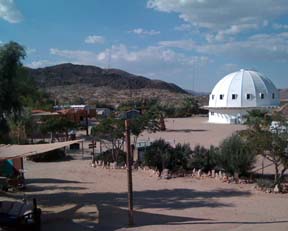 If you’re going to stage a theatrical happening in a non-traditional location with parts of the performance going on simultaneously in multiple spaces, you need to think carefully not only about the relationship between the setting and the production, but also about the audience’s experience from a theatrical perspective.
If you’re going to stage a theatrical happening in a non-traditional location with parts of the performance going on simultaneously in multiple spaces, you need to think carefully not only about the relationship between the setting and the production, but also about the audience’s experience from a theatrical perspective.
One organization that does this very well is the UK-based company Punchdrunk. The sheer theatricality of its 2008 production The Masque of the Red Death at the Battersea Arts Center in London made my head spin. It didn’t matter that I could only sample a fraction of the entire experience of the story, which unfolded in dozens of nooks and crannies of the venue. I felt swept along by events and like I could piece together my own enigmatic narrative because the drama was as coherent as it was dense and magical. You can read about my experience of the show here.
Get This Go, a production which I saw at the Pacific Heights Inn, a motel in the Marina neighborhood of San Francisco, last night by the Mugwumpin experimental theatre company, was on a much smaller scale than Punchdrunk’s effort. It was also on for only one evening, which makes it hard for the company to perfect its work.
But I was so underwhelmed by the half-hour performance that I wondered if I was experiencing theatre at all. I felt like I had merely walked into a display of public indolence and confusion.
The company commandeered three rooms at the motel and in half hour increments, invited a groups of about 20 audience members to look in on their activities. Before we went in, we were told to think about what it would be like if we were marooned indefinitely in a place like this with nothing but the possessions we had on us at that moment in time. From the debris that the performers managed to scatter around the motel, it seems that most people wander around San Francisco with a great deal more stuff than I do.
In one cramped room, a group of actors slouched around lethargically, painting their toenails, knitting hats and twirling umbrellas. In another, someone who appeared to be off her hinges, played mournful cello melodies and looked vacantly into space amid scattered belongings. In a third, an uptight man and woman charged around picking stuff up, writing notes and generally being frenetic. The whole thing was mildly interesting to witness for 25 minutes, but hardly made me think or feel interesting thoughts or feelings, which is what theatre at a minimum should do.
That being said, I was grateful to be able to see the piece — the event was sold out. (Tickets, though limited in number, were free.) And it’s wonderful that this kind of activity goes on on a Monday night around here, if only to bring people together and give them an excuse to head off afterwards for a drink.

 One of the many delights of experiencing the music of the
One of the many delights of experiencing the music of the  One of my editors sent me
One of my editors sent me  With her new drama In the Wake at
With her new drama In the Wake at  There’s nothing like teaching a class on something to make you think more clearly about it.
There’s nothing like teaching a class on something to make you think more clearly about it. One of the issues I’ve encountered as I produce and host a new weekly public radio series all about the art of singing,
One of the issues I’ve encountered as I produce and host a new weekly public radio series all about the art of singing,  I wonder if there might be an inverse correlation between places of outstanding natural beauty and bad visual art?
I wonder if there might be an inverse correlation between places of outstanding natural beauty and bad visual art? Ben Davis’ incisive slide-illustrated meditation on the state of street art in
Ben Davis’ incisive slide-illustrated meditation on the state of street art in  It struck me the other day as I was flying back to San Francisco from Los Angeles that there’s an art to producing a great airline safety video. I think
It struck me the other day as I was flying back to San Francisco from Los Angeles that there’s an art to producing a great airline safety video. I think  The
The  There’s a whole branch of neuroscience dedicated to exploring the healing properties of sound. Music therapy comes in many forms. One of the most fundamental takes the form of simply lying back and letting sound vibrations course through your body for a while.
There’s a whole branch of neuroscience dedicated to exploring the healing properties of sound. Music therapy comes in many forms. One of the most fundamental takes the form of simply lying back and letting sound vibrations course through your body for a while.